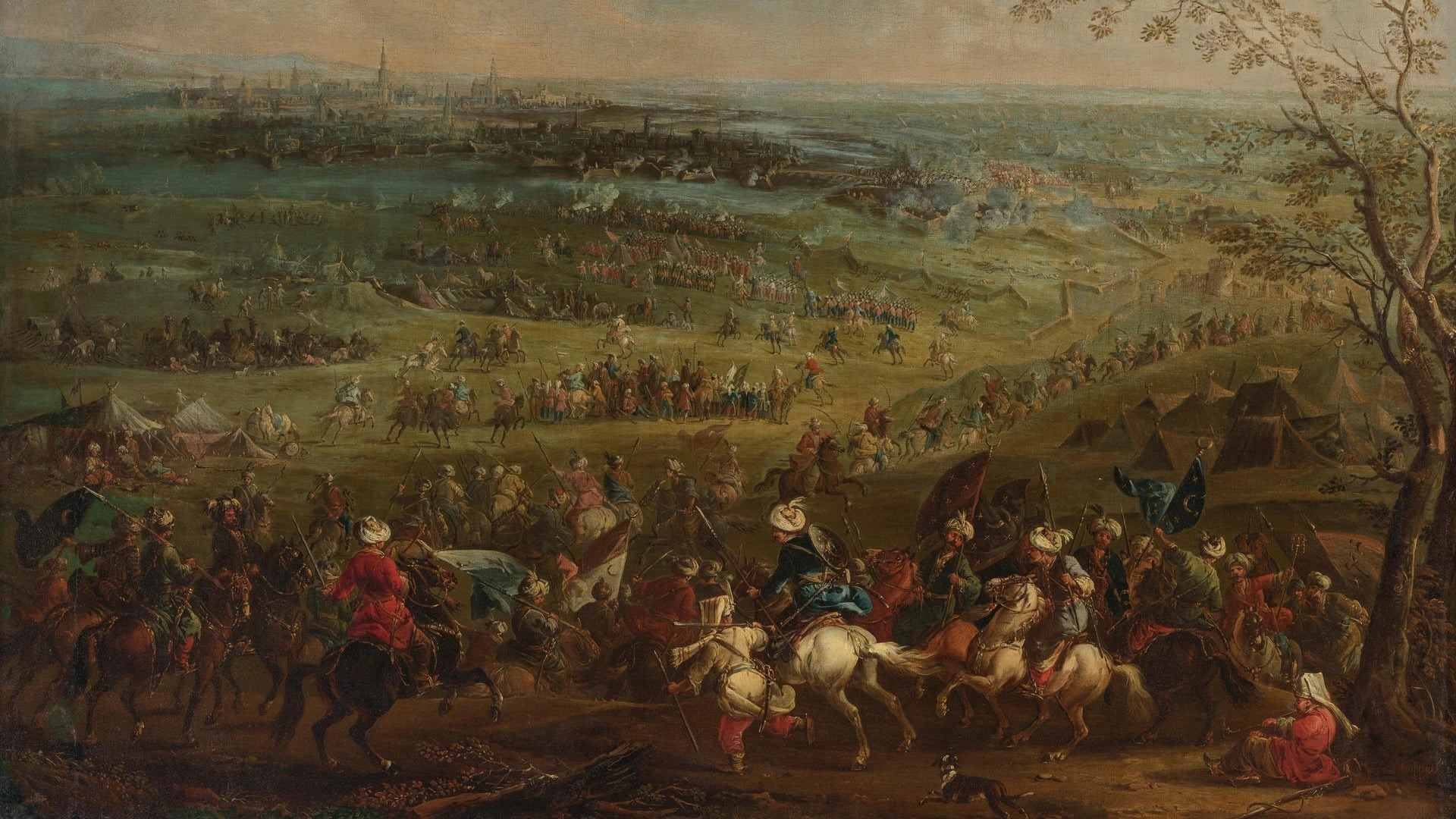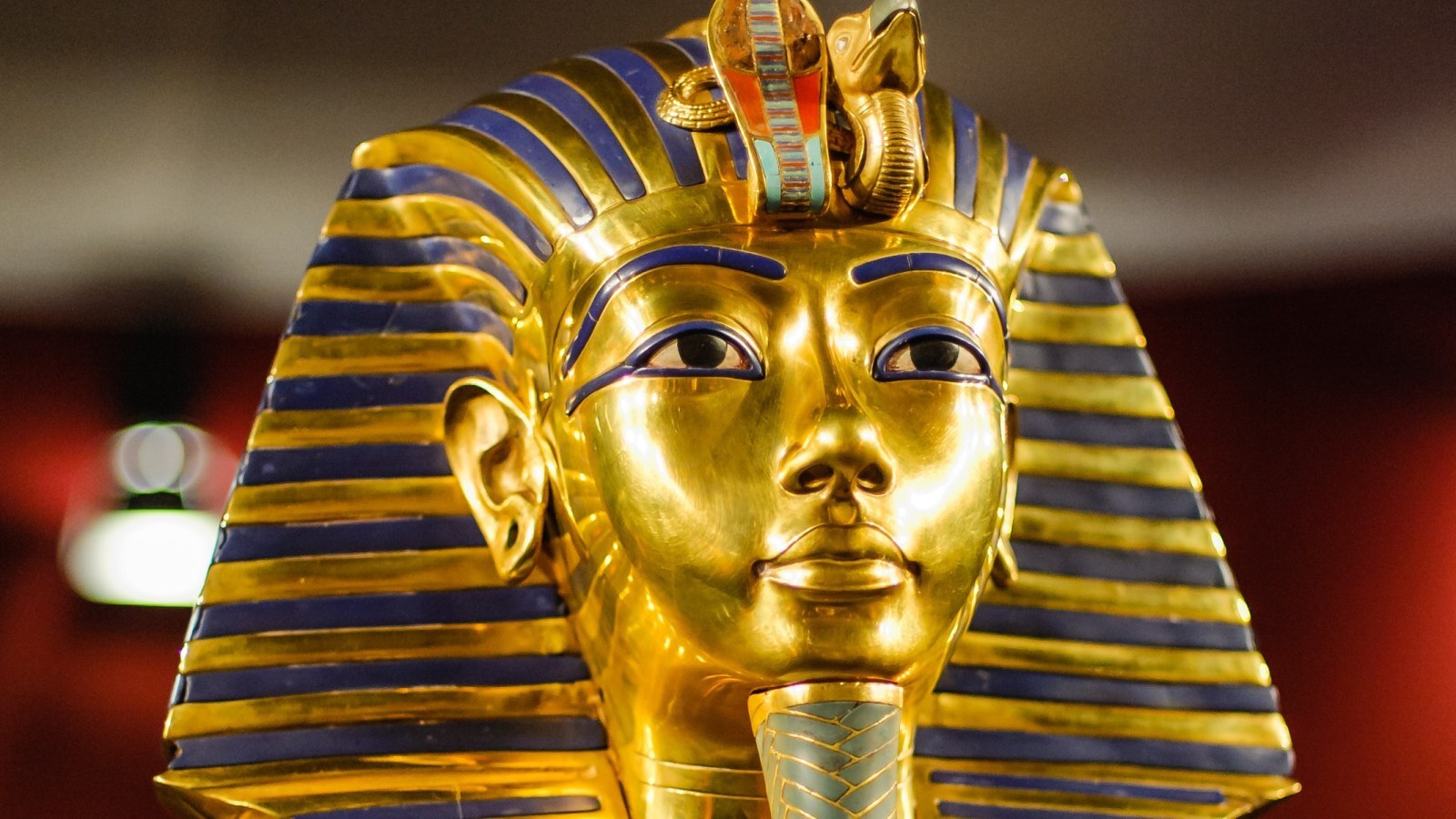
Curious about the vast and intricate history of the Ottoman Empire? Ottoman Empire facts reveal a civilization rich in culture, military conquests, and influential leadership that shaped the modern world. Spanning over 600 years, this empire was a melting pot of religions, languages, and traditions, leaving a lasting legacy on continents across the globe. From its humble beginnings in 1299 to its dissolution in 1922, the empire's story is filled with intrigue, power struggles, and groundbreaking achievements. Whether you're a history buff or just looking to learn something new, these 50 facts will take you on a journey through time, uncovering the essence of what made the Ottoman Empire truly remarkable.
The Rise of the Ottoman Empire
The Ottoman Empire began as a small state in Anatolia and grew into one of the most powerful empires in history. Here are some fascinating facts about its rise.
- The Ottoman Empire was founded by Osman I in 1299.
- Osman I's dream of a tree growing from his navel symbolized the empire's expansion.
- The Ottomans captured Constantinople in 1453, marking the end of the Byzantine Empire.
- Mehmed II, also known as Mehmed the Conqueror, led the capture of Constantinople.
- The empire's name comes from Osman I, with "Ottoman" being a Westernized version of "Osmanli."
Expansion and Conquests
The Ottoman Empire expanded rapidly, conquering vast territories across three continents. These conquests shaped the empire's history and influence.
- Suleiman the Magnificent ruled during the empire's peak in the 16th century.
- The Battle of Mohács in 1526 led to the Ottoman control of Hungary.
- The Ottomans besieged Vienna twice, in 1529 and 1683, but failed to capture it.
- The empire's navy dominated the Mediterranean Sea during the 16th century.
- The Ottomans controlled the holy cities of Mecca, Medina, and Jerusalem.
Culture and Society
The Ottoman Empire was a melting pot of cultures, religions, and traditions. Its society was diverse and complex.
- The Ottomans practiced religious tolerance, allowing Christians and Jews to live in peace.
- The millet system allowed religious communities to govern themselves.
- Ottoman architecture is renowned for its grandeur, with the Blue Mosque being a prime example.
- Coffeehouses became popular social hubs in Ottoman cities.
- The empire's official language was Ottoman Turkish, a mix of Turkish, Arabic, and Persian.
Administration and Governance
The Ottoman Empire had a sophisticated system of administration and governance that helped maintain its vast territories.
- The sultan was the supreme ruler, with absolute power.
- The Grand Vizier was the sultan's chief advisor and head of government.
- The Janissaries were an elite military corps loyal to the sultan.
- The devshirme system recruited Christian boys to serve in the Ottoman administration and military.
- The empire was divided into provinces called vilayets, each governed by a bey or pasha.
Economy and Trade
The Ottoman Empire's economy was diverse and robust, with trade playing a crucial role in its prosperity.
- The Ottomans controlled key trade routes between Europe and Asia.
- The empire was a major producer of silk, spices, and other luxury goods.
- The Ottomans introduced coffee to Europe in the 16th century.
- The empire's currency was the akçe, later replaced by the kuru?.
- The Ottomans established trade agreements, known as capitulations, with European powers.
Decline and Fall
Despite its long-lasting power, the Ottoman Empire eventually declined and fell. Several factors contributed to its downfall.
- The empire began to decline after the death of Suleiman the Magnificent.
- The Treaty of Karlowitz in 1699 marked the first significant loss of Ottoman territory.
- The empire faced internal strife and corruption in its later years.
- The rise of European powers and colonialism weakened the Ottoman economy.
- The empire officially ended in 1922, following World War I and the Turkish War of Independence.
Legacy and Influence
The Ottoman Empire's legacy continues to influence modern culture, politics, and society. Its impact can still be seen today.
- The Ottoman legal system influenced modern Turkish law.
- Ottoman cuisine, including dishes like baklava and kebabs, remains popular worldwide.
- The empire's architectural style inspired buildings across the Middle East and Europe.
- The Ottomans contributed to advancements in science, medicine, and astronomy.
- The empire's diverse cultural heritage is celebrated in modern Turkey.
Notable Figures
Several notable figures played crucial roles in the history of the Ottoman Empire. Their contributions and actions left lasting marks.
- Suleiman the Magnificent expanded the empire and reformed its legal system.
- Roxelana, Suleiman's wife, wielded significant political influence.
- Mehmed II, the Conqueror, transformed Constantinople into Istanbul.
- Selim I expanded the empire into the Middle East and North Africa.
- Mustafa Kemal Atatürk led the Turkish War of Independence and founded modern Turkey.
Military and Warfare
The Ottoman military was a formidable force, known for its discipline and innovation. Its strategies and tactics were ahead of their time.
- The Janissaries were one of the first standing armies in Europe.
- The Ottomans used gunpowder weapons effectively in their conquests.
- The empire's navy was a dominant force in the Mediterranean.
- The Ottomans employed siege warfare techniques to capture fortified cities.
- The Battle of Lepanto in 1571 marked a significant naval defeat for the Ottomans.
Art and Literature
Ottoman art and literature flourished, reflecting the empire's rich cultural heritage. These creative expressions left a lasting legacy.
- Ottoman miniature painting depicted historical events and daily life.
- Calligraphy was a highly respected art form in the empire.
- The poet Fuzuli is considered one of the greatest Ottoman poets.
- The Topkapi Palace houses an extensive collection of Ottoman art and artifacts.
- Ottoman literature often blended Persian, Arabic, and Turkish influences.
A Final Glimpse into the Ottoman Legacy
Diving into the depths of history, we've uncovered the vast and intricate tapestry that was the Ottoman Empire. From its humble beginnings in 1299 to its eventual dissolution in 1922, this empire left an indelible mark on the world. Its contributions to culture, science, military strategy, and architecture continue to influence modern society. We've journeyed through tales of sultans and conquests, marveled at architectural wonders like the Hagia Sophia, and reflected on the empire's role in shaping the course of history. As we close this chapter, let's carry forward the lessons and legacies of the Ottomans, remembering their contributions to our shared human story. Their story is a testament to the power of innovation, resilience, and the enduring spirit of civilization.
Was this page helpful?
Our commitment to delivering trustworthy and engaging content is at the heart of what we do. Each fact on our site is contributed by real users like you, bringing a wealth of diverse insights and information. To ensure the highest standards of accuracy and reliability, our dedicated editors meticulously review each submission. This process guarantees that the facts we share are not only fascinating but also credible. Trust in our commitment to quality and authenticity as you explore and learn with us.


